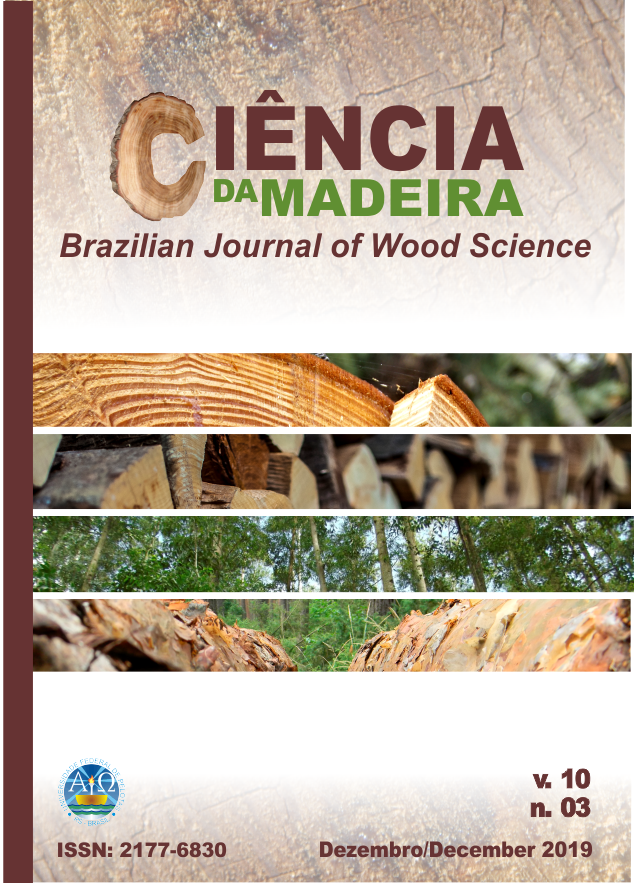A new approach to classify wood pruning residues for energy purposes
Resumo
The utilization of urban pruning residues for energy production is a sustainable alternative for management of cities. However, the high heterogeneity of these materials is a harmful aspect for its energetic use. Thus, an optimized method is necessary to categorize these residues by similarity, taking the most advantage of the desirable energetic properties of each group. The aim of this study was applying the principal component analysis as a method of pruning residues classification for its energetic use optimization. The structural and proximate chemical composition, basic density, higher heating value, energy density of four pruning residues was determined. Posteriorly, the residues were separated in groups according these characteristics. To generate energy in the most efficient way, the residues were grouped, being group 1 (R2), group 2 (R1) and group 3 (R3 and R4). Groups 1 and 2 are considered more suitable for direct burning, and group 3 for pyrolysis. This process is justified by the increase of the residues value, as the charcoal could be sold to different purposes than the wood, such as the steel industry.
Copyright (c) 2020 Revista Ciência da Madeira (Brazilian Journal of Wood Science)

This work is licensed under a Creative Commons Attribution-NonCommercial-NoDerivatives 4.0 International License.
A CIÊNCIA DA MADEIRA resguarda o direito de modificar o trabalho em quaisquer hipóteses na ordem gramatical e ortográfica com o objetivo de manter a utilização correta da língua portuguesa ou ingles.
A CIÊNCIA DA MADEIRA passa a possuir o direito sobre todos os trabalhos enviados quanto a reprodução e publicação online.



 https://orcid.org/0009-0007-3945-9715
https://orcid.org/0009-0007-3945-9715